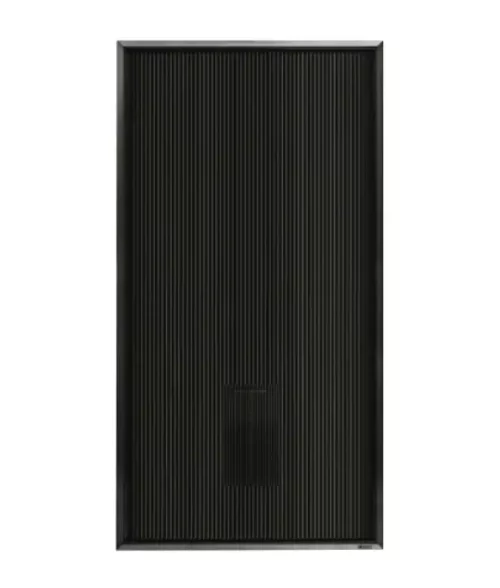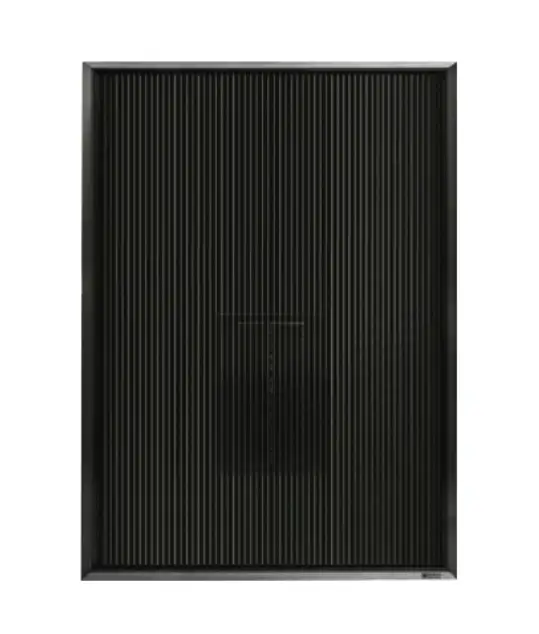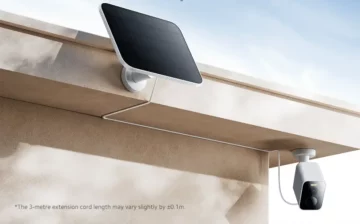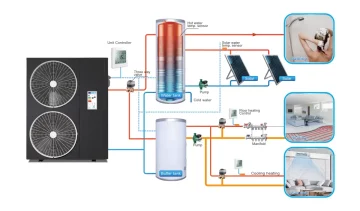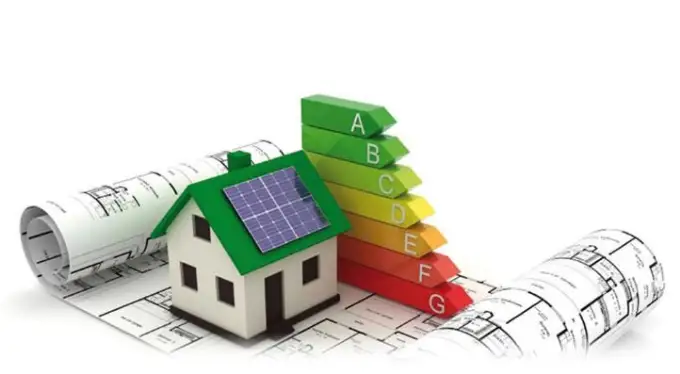Heating a house for temporary residence
Adjusting the engineering systems of a country house is not an easy task, especially if it is not intended for permanent residence. However, most dacha owners would like to visit them not only on warm summer days, but also in winter, and then the issue of organizing space heating comes to the fore.
Difficult issues of heating temporary huts
It is difficult to implement a comfortable heating system for a temporary residence intended for periodic visits during cold seasons due to the lack of constant control. Frequent processes of freezing and thawing have a destructive effect on the structure, reducing its service life.
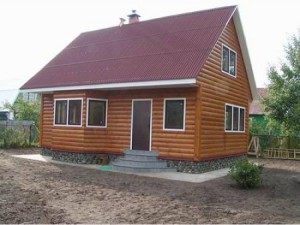
Some engineering systems, for example, water supply and sewerage, also need to maintain a constant positive temperature. Water intake points and external communications are usually insulated or located at a sufficient depth so as not to freeze in winter, while pipe outlets to the surface are the “weak link”.
Self-regulating heating cables are a good solution to this technical problem, but they require an uninterrupted power supply, which is not always feasible. The same difficulty is present in the operation of roof anti-icing systems.
Individual biological treatment plants, which are gradually replacing traditional septic tanks from the market, also react negatively to the “hungry” and cold winter time. Violation of the usual mode leads to the fact that with the advent of heat, the quality of the operation of such systems deteriorates significantly.
Popular means of heating makeshift houses
Stove heating is a common heating option. With a dwelling area up to 70 sq. m this method is quite effective and economical.
- A brick oven is designed for permanent residence outside the city, it is reliable and capable of creating a unique microclimate in a residential area. For short visits, this option is not suitable enough: it will take a lot of time to heat the house.
- Metal stoves made of cast iron or stainless steel with specially designed chimneys quickly warm up rooms, but they give off heat only during the burning of firewood, and they also burn out oxygen strongly.
Electrical appliances are excellent space heaters. There is a wide variety of options for heating using this type of energy.
- Convectors provide good mixing of air layers and uniform heating. They are safe to use, and models with a thermostat maintain the set temperature in the absence of the owners and do not allow the house to freeze.
- Infrared heaters consume electricity economically, heat objects in rooms and walls, and smoothly create a comfortable temperature regime. They do not dry out the air and do not mix it.
Solving the problem of how to inexpensively heat a temporary building involves the use of gas as a source of thermal energy and requires the presence of a main gas pipeline. In communities where it is available, this type of heating is one of the most economical and reliable.
Autonomous heating of the temporary shelter is also available through the use of free alternative energy sources. For their use, heat pumps, geothermal heating systems and solar collectors based on solar panels have been developed.
Air collectors for space heating are gaining more and more popular because they provide an uninterrupted heat supply and significantly reduce heating costs. They are safe and can be used in the absence of the owners, constantly maintain a comfortable temperature in the rooms and make returning to a country house pleasant and easy at any time of the year.

